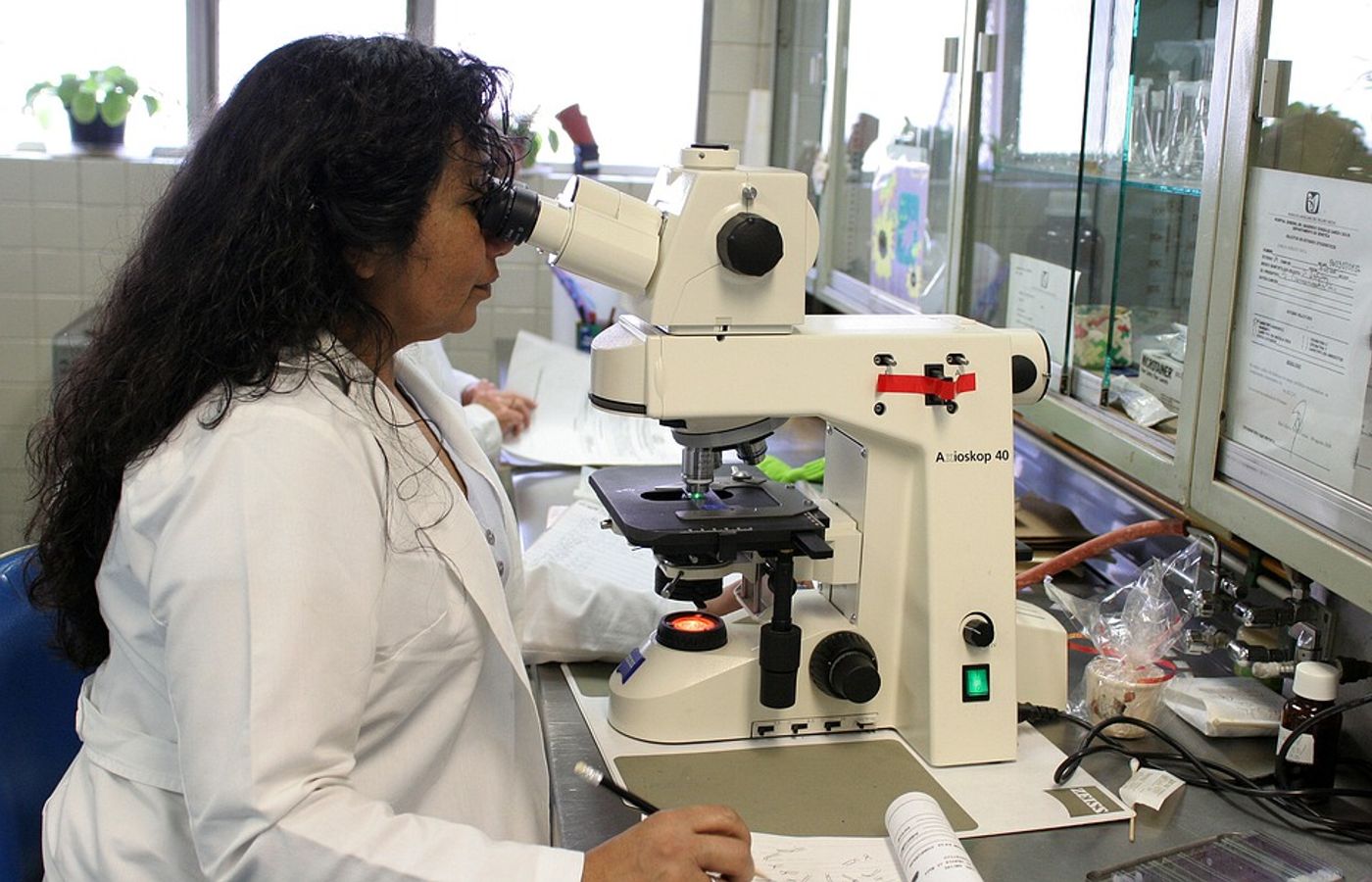New "ferroelectric nematic" phase of liquid crystal discovered
As reported recently in the Proceedings of the National Academy of Sciences, researchers at the University of Colorado Boulder's Soft Materials Research Center (SMRC) have discovered a "ferroelectric nematic" phase of liquid crystal, a phase of matter that was first proposed over 100 years ago but has since yet to be confirmed.
Nematic liquid crystals are unique in that they demonstrate both fluid- and solid-like behaviors. Even if you’ve never heard of nematic liquid crystals before, you’re likely the beneficiary of them. The behaviors in these crystals, which allow them to control light, have been harnessed to make the liquid crystal displays (LCDs) in many laptops, TVs and cellphones.
In the study, the team analyzed the organic molecule RM734 at low temperatures and observed unusual colors developed toward the edges of the cell containing the liquid crystal.
"It was like connecting a light bulb to voltage to test it but finding the socket and hookup wires glowing much more brightly instead," said Noel Clark, a professor of physics and director of the SMRC.
They found that RM734 in this phase was 100 to 1,000 times more responsive to electric fields than the usual nematic liquid crystals. As Eureka Alert explains, “This suggested that the molecules that make up the liquid crystal demonstrated strong polar order. The team also discovered that distinct domains seemed to form spontaneously in the liquid crystal when it cooled from higher temperature. There were, in other words, patches within their sample in which the molecules seemed to be aligned.”
Co-author Matt Glaser, a professor in the Department of Physics, commented that this discovery opens a door to a new universe of materials. Clark agrees, saying that the discovery of a liquid crystal could lead to new technological innovations, from new types of display screens to reimagined computer memory.
"There are 40,000 research papers on nematics, and in almost any one of them you see interesting new possibilities if the nematic had been ferroelectric," Clark said. "This work suggests that there are other ferroelectric fluids hiding in plain sight. It is exciting that right now techniques like artificial intelligence are emerging that will enable an efficient search for them."
Sources: PNAS, Eureka Alert









